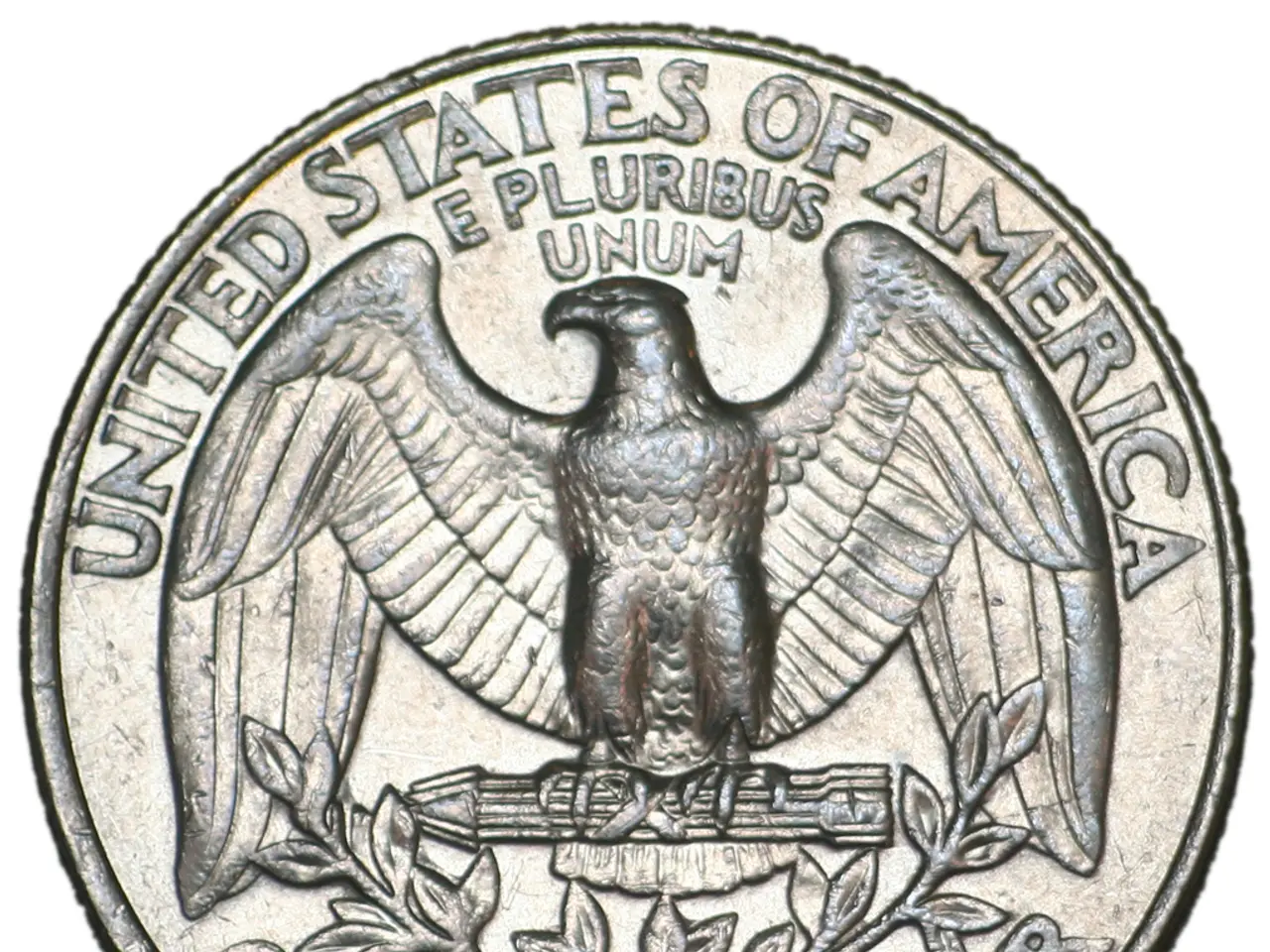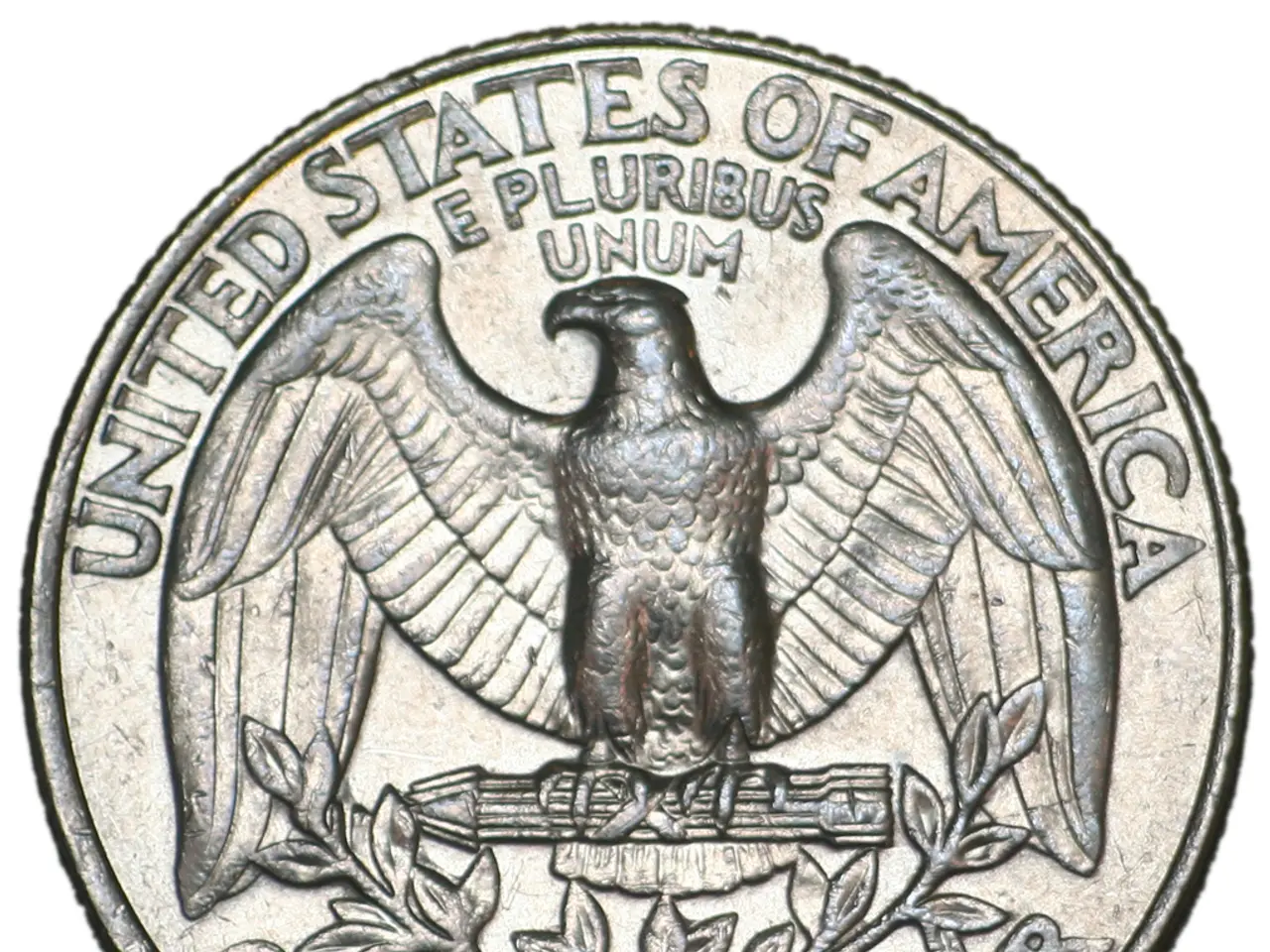Benefits from the rate cut have yet to reach Non-Banking Financial Companies (NBFCs)
The Reserve Bank of India (RBI) has initiated a series of aggressive repo rate cuts in 2025, lowering the rate by a total of 100 basis points, bringing it down to 5.5%. This move, the third consecutive cut this year, is aimed at boosting credit and growth [3][4][5].
As significant users of borrowed funds, Non-Banking Financial Companies (NBFCs) are among the immediate beneficiaries of these rate cuts. The reduction in the repo rate is expected to lower borrowing costs for NBFCs, thereby supporting increased lending activity, particularly in discretionary consumption segments like real estate and consumer durables, which often rely on NBFC financing [1].
However, the full transmission of these rate cuts to NBFCs is not without challenges. The RBI has recently shifted its monetary policy stance from "accommodative" to "neutral," indicating a pause after this rate cut cycle [1]. Transmission also depends on lenders adjusting their lending rates downward, but Net Interest Margins (NIMs) pressures and liquidity conditions could moderate the extent of cuts passed on [1].
Moreover, the overall demand for credit remains subdued as corporates have ample liquidity, and domestic demand is still uncertain, which may limit the borrowing appetite despite cheaper funds [1][2].
Despite these challenges, the lower cost of funds is expected to benefit NBFCs over time. For instance, lower-rated issuers will benefit from improved systemic liquidity, although the rate advantage will be limited for them, according to AM Karthik [2].
Srinivasan, a industry expert, believes that competitive pricing will drive transmission by NBFCs in their target asset segments [2]. However, smaller NBFCs continue to pay higher interest costs, as stated by Deepak Aggarwal, co-founder and co-CEO of Moneyboxx Finance [2].
It is worth noting that most loans to NBFCs are linked to the marginal cost of funds-based lending rate (MCLR) [1]. This means that the transmission of rate cuts to NBFCs is largely dependent on banks revising their MCLR, which has not occurred yet, but has been revised for direct borrowers [1].
Credit to NBFCs fell 0.3% year-on-year to Rs 15.63 lakh crore as on May 30 [1]. George Alexander Muthoot, MD of Muthoot Finance, expressed hope for improvement in the next couple of quarters [1].
In conclusion, while the RBI’s repo rate cuts have begun to benefit NBFCs by lowering their cost of funds, the full transmission and resultant credit growth effects are expected to manifest more clearly over the course of 2026, contingent on improving demand and economic conditions [1][2].
- The reduced repo rate is anticipated to lower borrowing costs for Non-Banking Financial Companies (NBFCs), potentially leading to increased lending activity.
- The full transmission of these rate cuts to NBFCs can be affected by several factors, including the RBI's decision to shift its monetary policy stance to "neutral," pressures on Net Interest Margins (NIMs), and liquidity conditions.
- Lower-rated issuers within NBFCs might benefit from improved systemic liquidity due to the lower cost of funds, although the rate advantage might be limited.
- Competitive pricing and improvements in demand and economic conditions could drive transmission by NBFCs, benefiting them over time and potentially leading to more visible impact on credit growth by the end of 2026.








